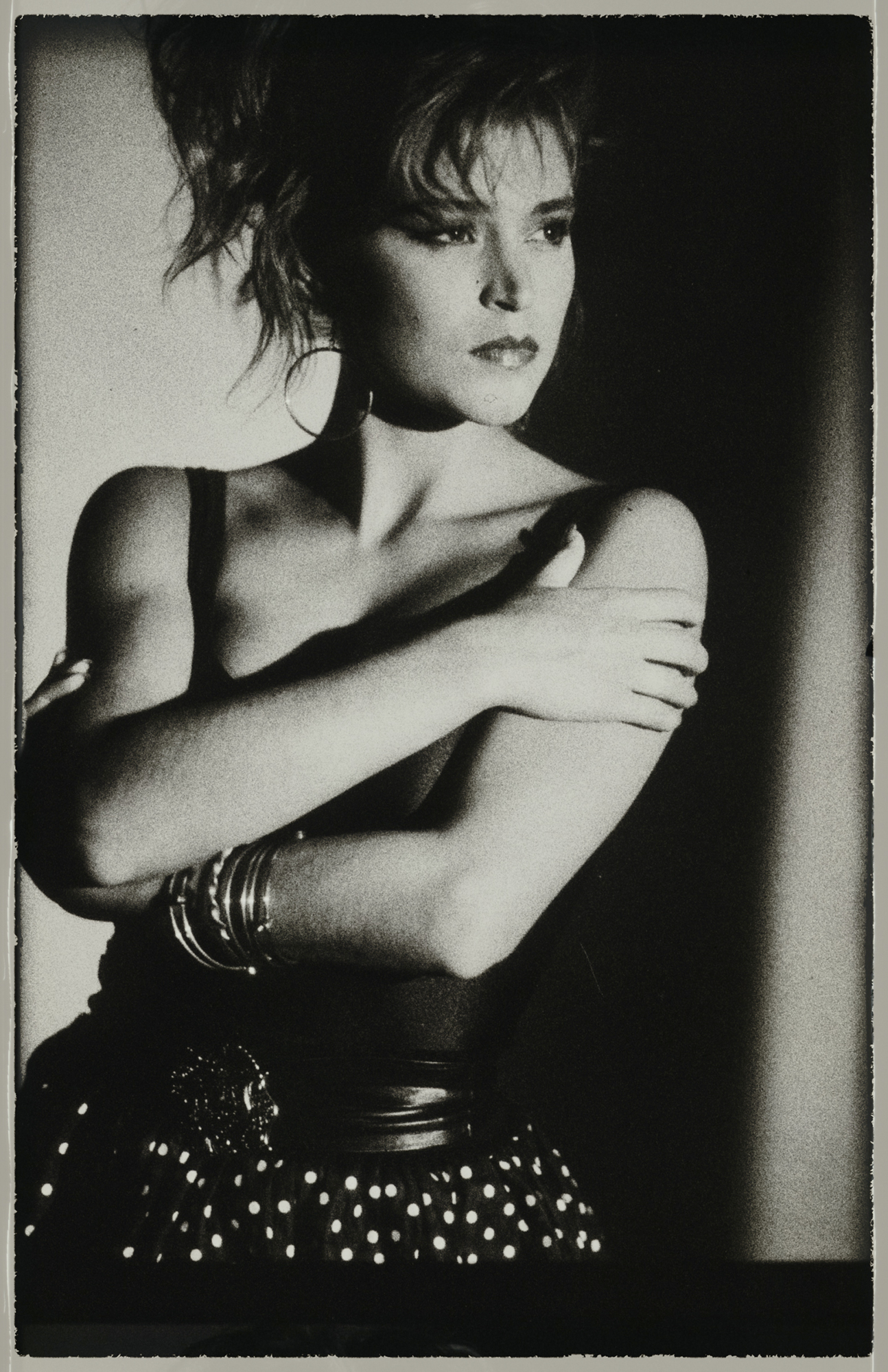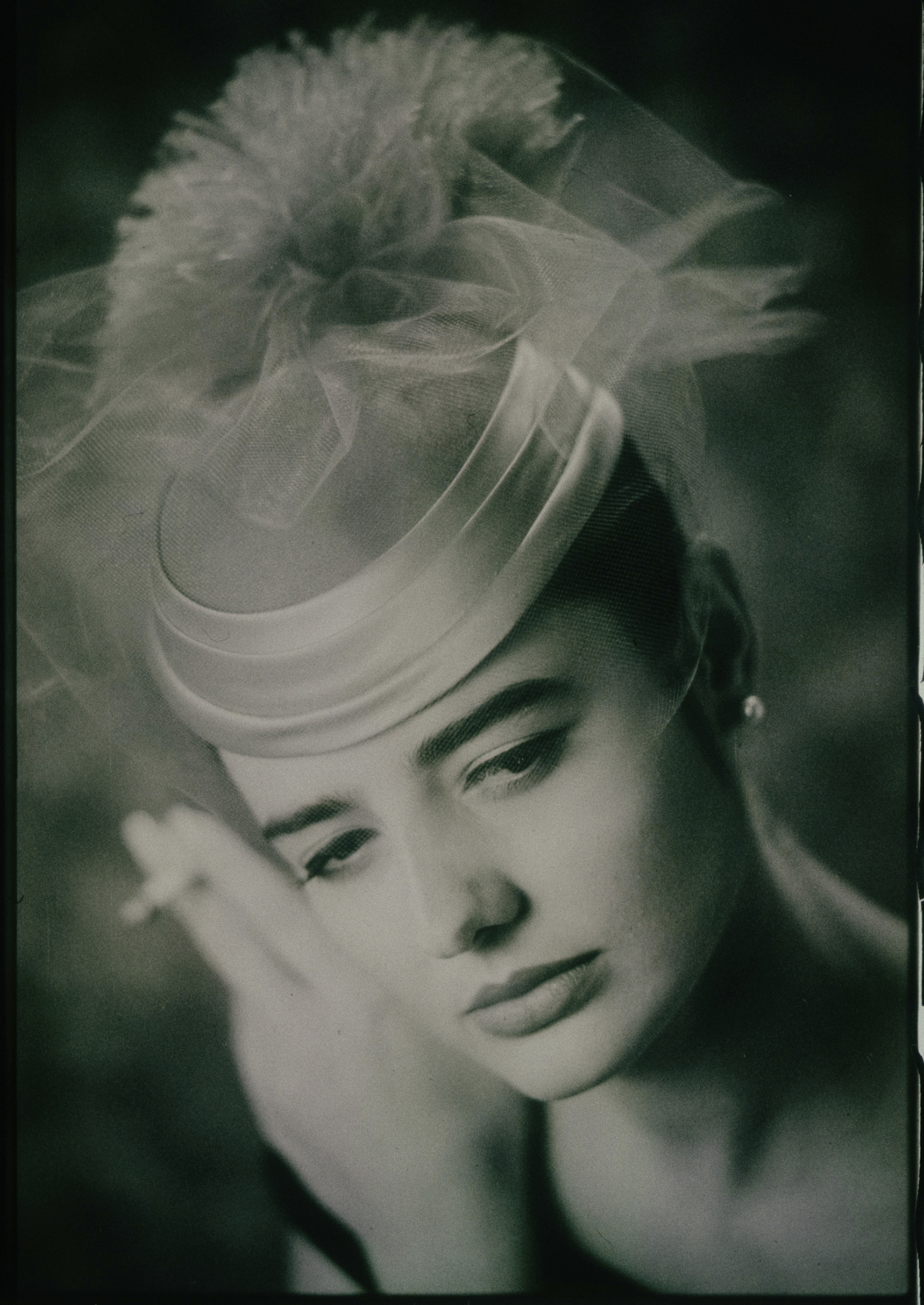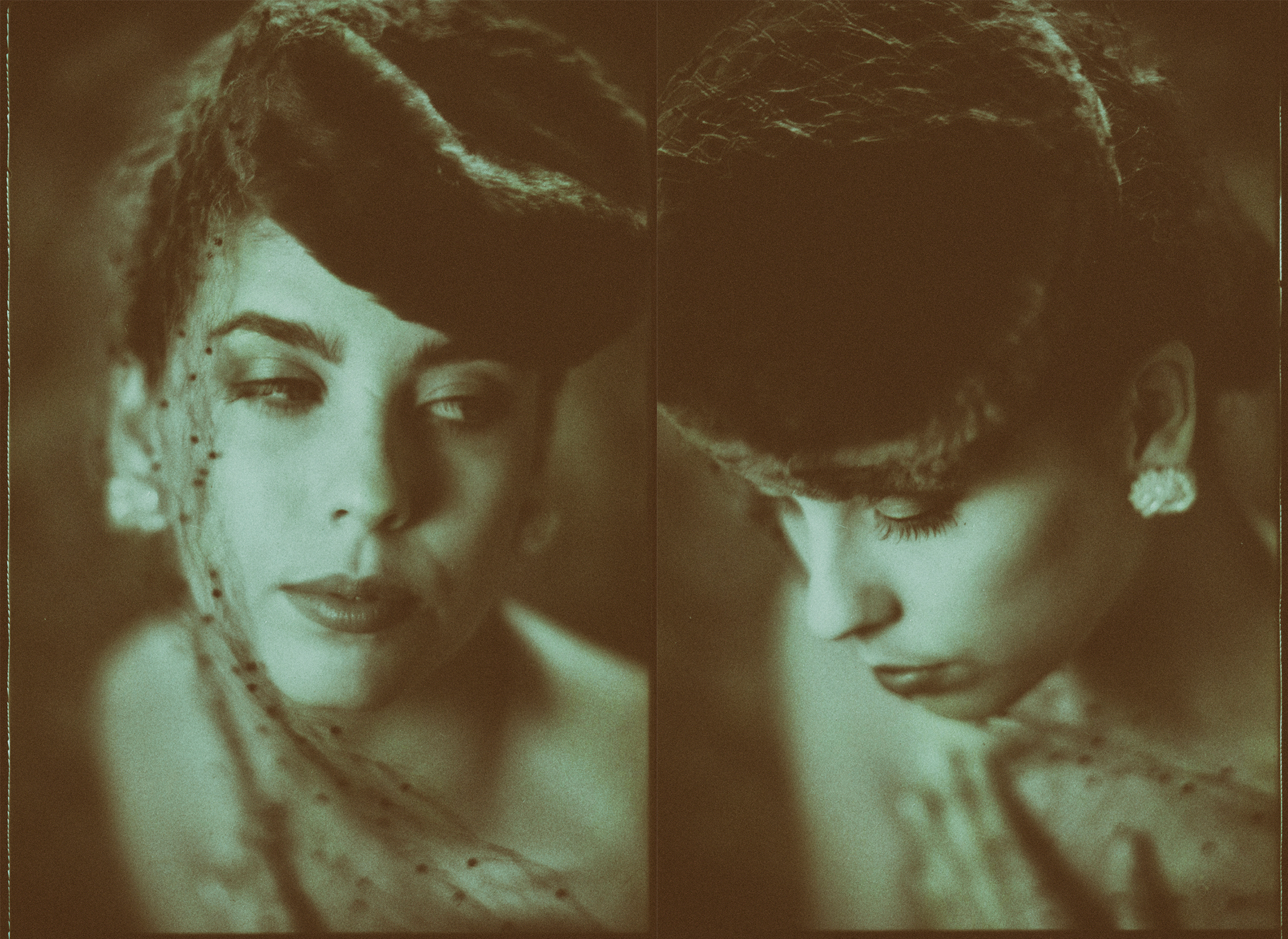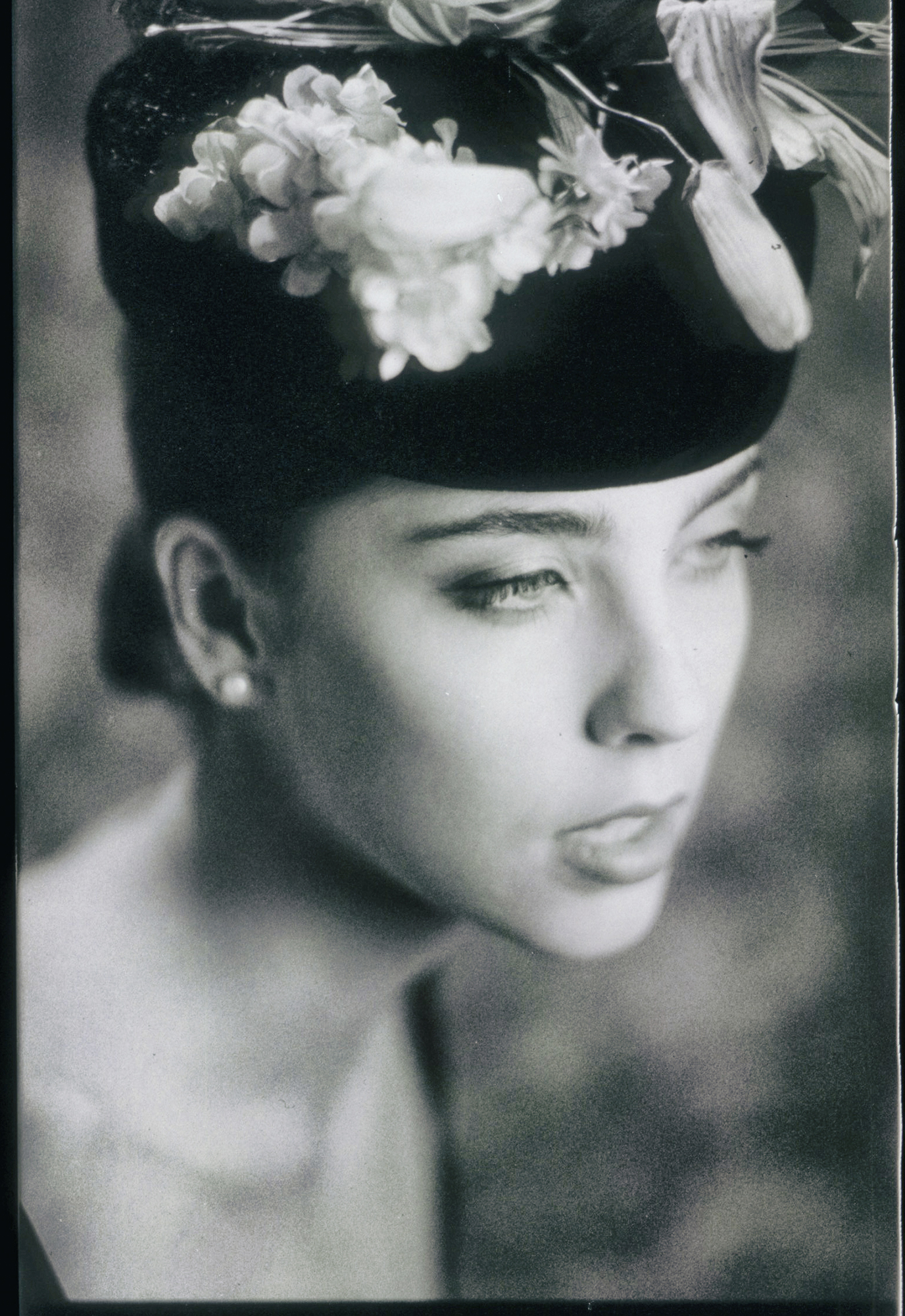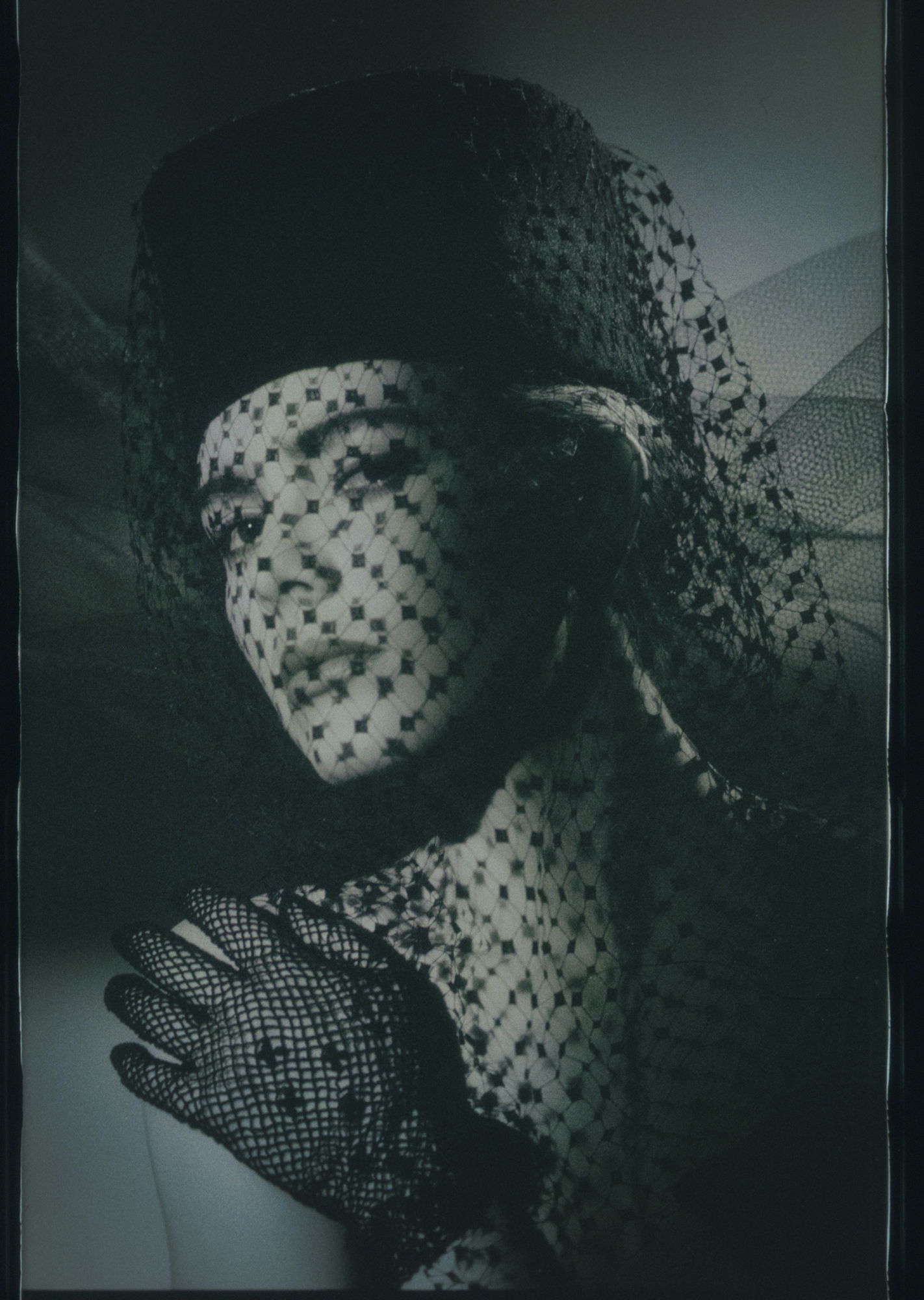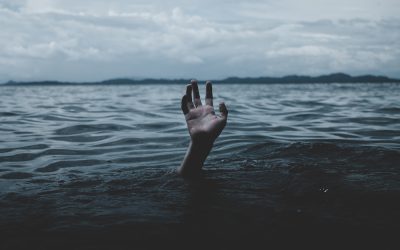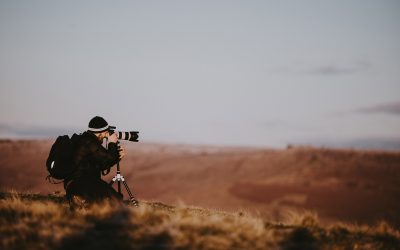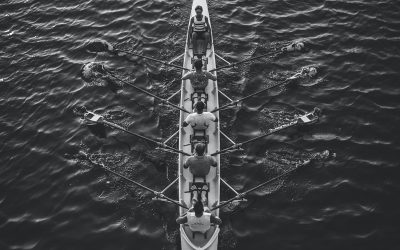POLAROID PORTRAITS CA/ 1985
One of my favorite films... but it is now gone.Back in the mid ’80s, I was shooting a lot of fashion and beauty work in my Phoenix studio, and occasionally in New York and Chicago. Those were heady times with shoot schedules coming back to back for weeks and months at a time.
My work at the time was mostly focused on black and white or monochrome, and I would shoot hundreds of rolls per week. This meant, of course, that I had to have a full-time darkroom assistant whose main job was to develop, contact print, and manage a lot of film. We used glassine holders, and archival sheets designed to hold negatives and would allow us to make contact sheets without exposing the film to the elements.
Around that time Polaroid came out with a very cool film. Well, at least I thought it was extremely cool. It was called Polapan. It was a black and white transparency film that you could develop instantly… and it was gloriously awesome.
This film had a tooth to it, a grain that was unlike any other. It was contrasty, yet very lovely through the mid-tones. It didn’t look like TriX or Plus X. It looked like its own presentation.
And to be sure, this stuff was a pain to handle. You had to buy a developing tool that would wind the film into the dark through the developer cartridge. You would let it sit for the required few minutes, then roll it back out of the little device. And it would still be wet, and fingerprints would show.
It would also scratch if it touched anything in the real world. I think it would scratch if you even thought about it. I would hang it in dust-free areas, or in bathrooms full of steam so as the steam settled the film would dry without dust.
If I was shooting in the field, I would wait — well usually — until I got back to the studio to develop. I did this myself, not the studio assistants. I would be responsible if it was damaged or scratched, not an assistant who would feel bad about doing it. If anyone is going to FIU, it would be me.
I shot roll after roll of this stuff. I loved it.
The images here were from outtakes for an assignment on antique hats* and these are scans from prints.
Ahh… prints.
These are transparencies, so if I wanted a print, I would have to get a “Type R” from the lab (a color process that made images from transparencies) or use a slide duplication tool to get a capture on traditional black and white film. This was not the ideal way because I would introduce Plus X grain into the Polaroid grain. I wanted the look and feel of the Polaroid to stand out.
The answer was Cibachrome.
I would use Cibachrome to make the prints, and since it was a color paper I could introduce slight tints to the images through the enlarging process. A very light blue paper that once wrapped around a cigarette pack, or some cellophane that had yellowed with age. I tried so many things, then cataloged them in manila envelopes for continued use.
As I noted earlier, most of my work was in monochrome. In fact, my entire portfolio was monochrome… not necessarily black and white, but decidedly two-color. I would bleach, color tone, split tone, and use specific toners like Selenium at varying strengths to add a very slight color to my prints.
I miss those days. But I love my digital cameras as well.
As you can see, even back in the 80’s I was trying to find ways to stay out of the darkroom — although without much success — and Polapan gave me the ability to do just that.
All images shot on a Nikon F3 with a Nikkor 180MM f2.8 lens on Polaroid Polapan and developed normally.
- NOTE: the top image was not for the hat assignment, but I put it in to show that when I say the 80s, I meant the 80s.
Thanks for reading.
HOW TO STOP SELF SABOTAGE AND MOVE FORWARD IN THE NEW YEAR
THE MOST IMPORTANT STORIES WE WILL EVER HEAR COME STRAIGHT FROM OUR OWN MINDS. OVERCOMING SELF-FOCUSED NEGATIVITY 1. Have Daily Negative Thought Time A paradoxical strategy to gain control over negative thinking is to commit to 10 minutes a day ruminating and...
PHOTOGRAPHERS: CONCENTRATE ON THESE THREE THINGS FOR 2020
WHAT SHOULD PHOTOGRAPHERS FOCUS ON FOR 2021?VISIBILITY, DURATION, FREQUENCY As we slowly begin to let go of the miserable business climate most small businesses, creatives, photographers..., well, just about anyone in the creative arts community has had this past...
FIVE WAYS “IT’S JUST NOT FAIR”
Five Ways It’s Just Not Fair!(And Why You Should Stop Expecting It To Be) Have you ever felt that way or uttered those words in a state of anger, or disappointment, or jealousy? Perhaps you felt cheated or slighted. You worked all through the night on that science...
A SOCIAL MEDIA STRATEGY FOR A FICTITIOUS PHOTOGRAPHER
A SOCIAL MEDIA STRATEGY FOR A FICTITIOUS PHOTOGRAPHER My friend recently asked about what social media platforms work better for 'photographers' on Facebook? And that is a question a lot of commercial and editorial photographers are asking these days. In many cases...
STOP SELLING: WORK FOR A COLLABORATIVE COMMITMENT INSTEAD
It's sort of understood that creatives hate to 'sell'. It is an icky process that involves tricking people into purchasing stuff they don't need... as in used cars, or bathroom remodeling. Selling is akin to 'selling out', to becoming a slave to money, to ignoring art...
THE COMING AI TSUNAMI (Commentary)
COMMENTARY THE COMING AI TSUNAMI This is October 20, 2020 and these are my thoughts on the fast coming AI being introduced into the photographic community. Perhaps my feelings and thoughts will change. S'all good. AI is coming to the photography community like a...

